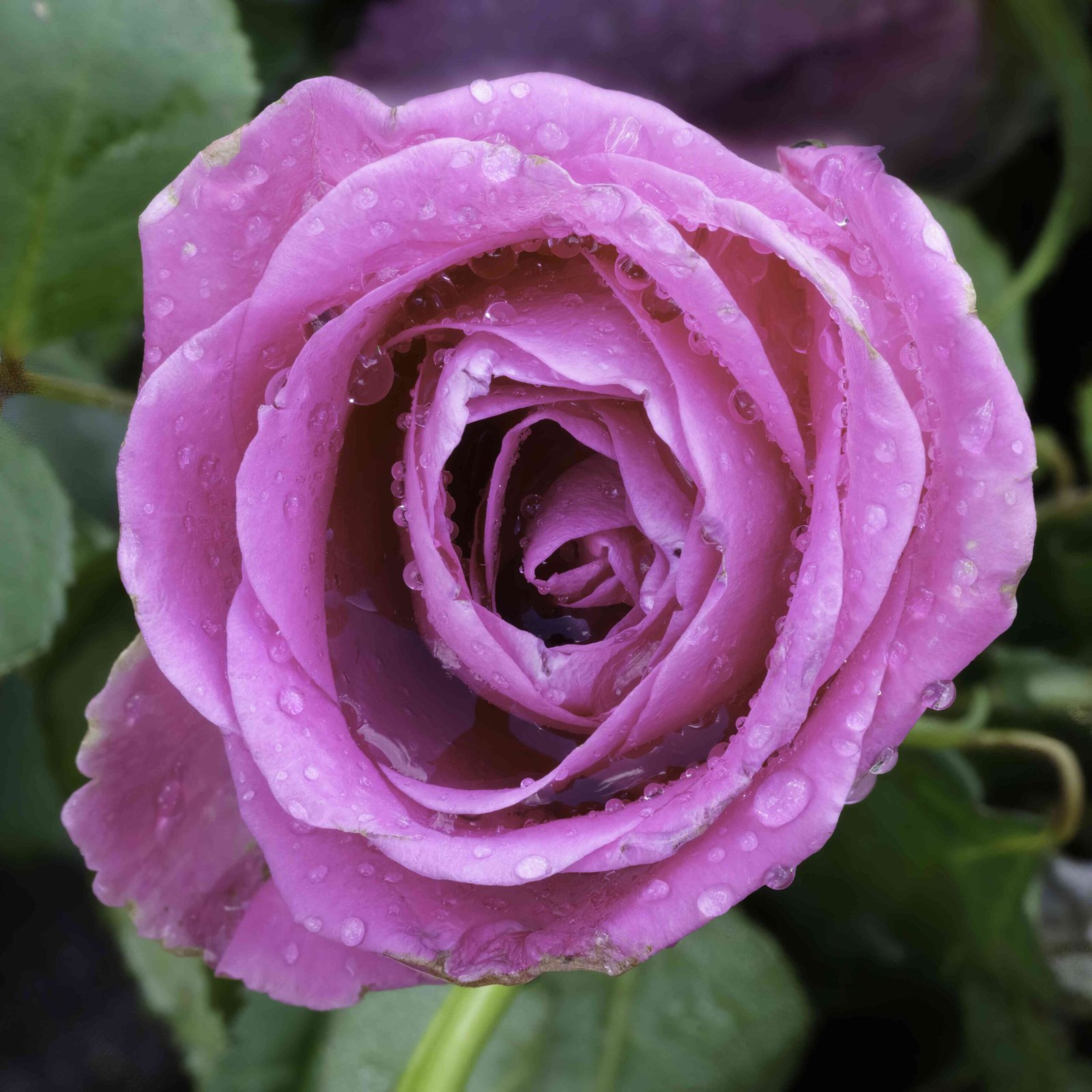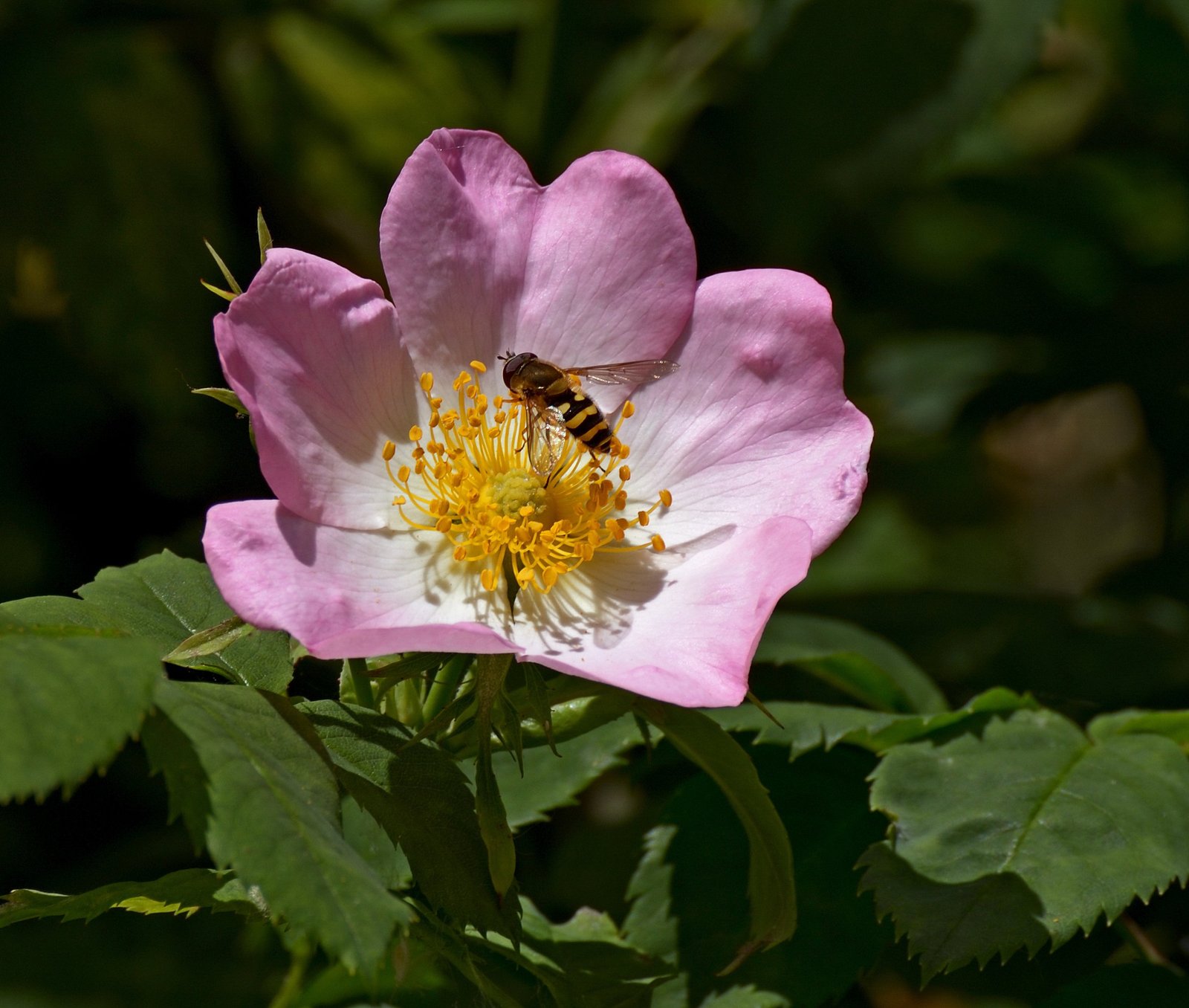How Do You Get a Start Off a Rose Bush?

Getting a start off a rose bush can be achieved through various propagation methods, including cuttings, layering, division, and seed. Each method has its own advantages and requires specific techniques for successful rooting and growth.
What Are the Different Propagation Methods for Rose Bushes?

Cuttings
What Types of Cuttings Can Be Used?
- Softwood Cuttings: Taken in late spring and early summer from flexible new stems, just below rose blooms that have dropped their petals. These are the fastest to root but require precise control of temperature, humidity, and light.
- Semi-Hardwood Cuttings: Taken in late summer and early fall from partially matured new stems. These are easier to root than hardwood cuttings and have a higher success rate.
- Hardwood Cuttings: Taken in late fall or early winter from matured, hardened stems. These are the slowest and most difficult to root.
How Do You Take and Plant Cuttings?
- Select a stem that has just finished blooming for semi-hardwood and hardwood cuttings.
- Prepare the cutting by removing the bloom and all foliage except the top two sets of leaves. For semi-hardwood and hardwood cuttings, wound the bottom of the stem to expose the inner tissue.
- Dip the bottom 1/2-inch of the stem into rooting hormone powder (e.g., Hormex #8) and shake off excess.
- Plant the cutting into a pot filled with a 50/50 mix of potting soil and perlite. Keep the soil moist but not waterlogged, and mist the cuttings daily.
- Maintain humidity by keeping the cuttings in a bag, bottle, or misting box.
Layering
What Is Simple Layering?
- This method works well for roses with long, flexible stems.
- Bend and bury a portion of the stem, securing it with a pin or rock. Wait for new roots to form, which can take several months.
- Once roots have developed, cut the stem below the buried section to separate the new plant from the parent plant.
What Is Air Layering?
- For varieties that do not naturally bend to the ground, create a layer above ground.
- Wrap a section of the stem with damp peat moss and secure it. Apply rooting hormone to the scraped section of the stem.
- Check for root development after several months and cut the stem below the rooted section once roots have formed.
Division
- This method is ideal for naturally suckering roses grown on their own rootstock.
- Divide the plant in early spring while it is still dormant (March to early April).
- Dig down between an offshoot and the parent plant, severing the root from the parent. Ensure the propagule contains at least one well-rooted shoot.
- Transplant the propagule to its new growing location immediately.
Seed
- Plant seeds in a small container with potting soil.
- Expose the seeds to 40°F temperatures for 3 to 4 months (stratification).
- After stratification, place the seeds in warmer temperatures to germinate and grow. Some species may require a warm treatment before the cold period.
- Note that this method is less common for home gardeners because the resulting plants may not retain all the characteristics of the parent plant.
What Soil and Environmental Conditions Do Rose Bushes Prefer?
Soil Requirements
- Roses prefer a slightly acidic to neutral soil pH, ranging from 6.0 to 6.5.
- Well-draining soil is essential to prevent root rot. A mix of potting soil and perlite (50/50) is recommended for cuttings.
- Roses benefit from fertile soil with adequate nutrients. Use a balanced fertilizer during the growing season.
Environmental Conditions
- Bright but indirect light is ideal for newly planted rose cuttings. Northern and eastern exposure is recommended to avoid excessive heat and sun stress.
- Maintain temperatures between 65°F to 75°F (18°C to 24°C) during the day and slightly cooler at night for cuttings. Softwood cuttings require more precise temperature control.
- Plant cuttings about 2-3 inches deep, ensuring the node (where the leaf meets the stem) is buried in the soil. Space cuttings about 6-8 inches apart if planting multiple cuttings in one pot.
How Do You Care for and Maintain Rose Bushes?
Watering
- Keep the soil consistently moist but not waterlogged. Mist the cuttings daily, especially in the early stages.
- Once the new plants are established, reduce watering to about 1 inch per week, either from rain or irrigation.
Fertilizing
- Use a balanced fertilizer (e.g., 10-10-10 NPK) once a month during the growing season.
- For newly started rose bushes, a starter fertilizer with a higher phosphorus content (e.g., 10-20-10 NPK) can promote root development.
Pruning
- Prune newly rooted rose bushes lightly in the first year to encourage bushy growth and root development.
- Remove any dead or damaged wood and shape the plant as desired. More extensive pruning can be done in subsequent years.
What Tools and Supplies Are Needed for Propagating Rose Bushes?
Necessary Tools
- Pruning Shears: High-quality pruning shears for cutting stems cleanly.
- Pots: Containers with good drainage for planting cuttings.
- Rooting Hormone: Hormex #8 or similar rooting hormone powder.
- Potting Soil and Perlite: A 50/50 mix for optimal drainage and aeration.
- Misting Box or Bag: To maintain humidity and promote rooting.
- Labels and Markers: To identify the rose variety and date of the cutting.
Brand Recommendations and Costs
- Pruning Shears: Felco or Fiskars (cost: $20-$50)
- Pots: Any good quality potting containers (cost: $5-$20)
- Rooting Hormone: Hormex #8 (cost: $10-$20)
- Potting Soil and Perlite: General-purpose potting soil and perlite (cost: $10-$20)
- Misting Box or Bag: DIY or purchase a humidity dome (cost: $10-$30)
Reference:
- How to Propagate Roses | Yard and Garden – Iowa State University: https://yardandgarden.extension.iastate.edu/how-to/how-propagate-roses
- Propagate Roses – Planters Place: https://plantersplace.com/everything-roses/propagate-roses/
- Improved Techniques for Propagating Roses from Cuttings: http://www.santaclaritarose.org/CuttingsImproved.html
